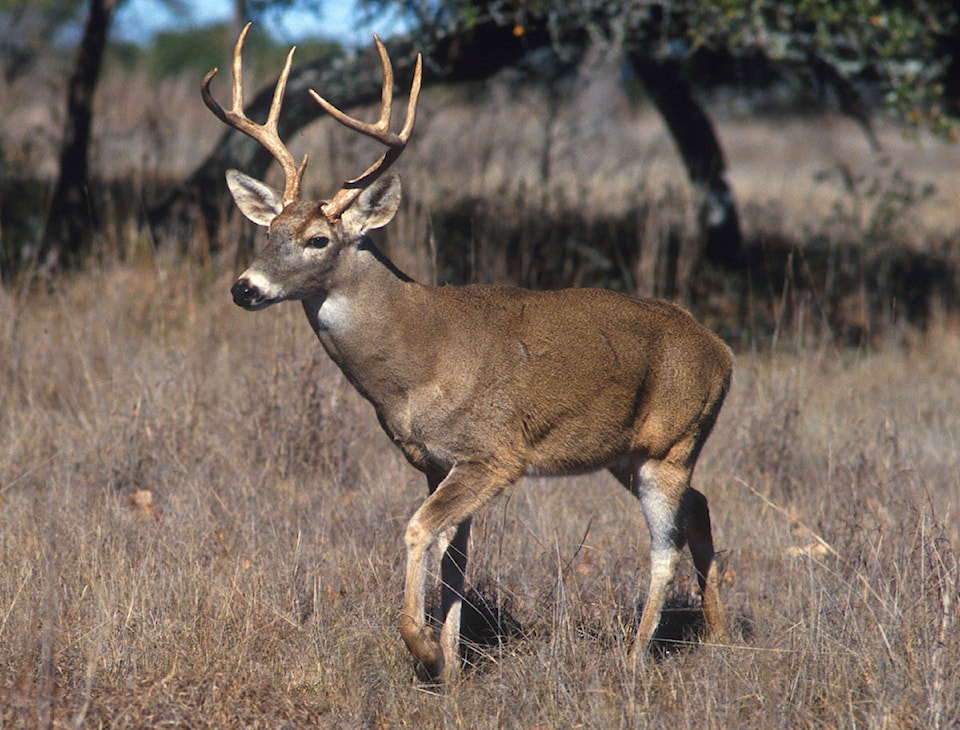THE CANADIAN PRESS
PRINCE ALBERT, Alta. — Saskatchewan hunters are submitting more heads to be tested for chronic wasting disease, but a wildlife ecologist says more are needed to get a clearer picture of the spread of the disease.
Todd Whiklo, who discussed the issue at the Saskatchewan Wildlife Federation annual convention in Prince Albert, says around 700 hunter-harvested samples were submitted in 2017.
Whiklo says that’s up from around 400 in 2016, but he says the number is still low.
He says about 300 samples are needed from one area to get a really good understanding of the prevalence of the disease.
The disease is fatal and affects the nervous system of deer, elk, and in rarer cases, moose.
Late last year, the province confirmed it in three new areas — southeast of North Battleford, northwest of Yorkton and in the province’s most southwestern corner.
The province says the disease was likely brought into Saskatchewan through the import of infected elk from South Dakota in the 1980s.
“The difficulty that we have is we have a lot of wildlife management zones where we don’t even know if the disease is present there,” said Whiklo, who works in the grasslands ecoregion.
In some management zones the ministry found the rate of the disease in deer to be as high as 43 per cent, but those zones also saw low participation for testing.
Whiklo said the numbers could be skewed somewhat, citing the high submissions of mule deer heads.
To encourage hunters to submit harvested heads, an online submission website was launched where hunters can generate a tag online, track the process and see the results much quicker.
There is no cost for testing.
Although a human case has never been identified, hunters are encouraged not to eat or distribute meat for human consumption that has tested positive, or has not been tested.
